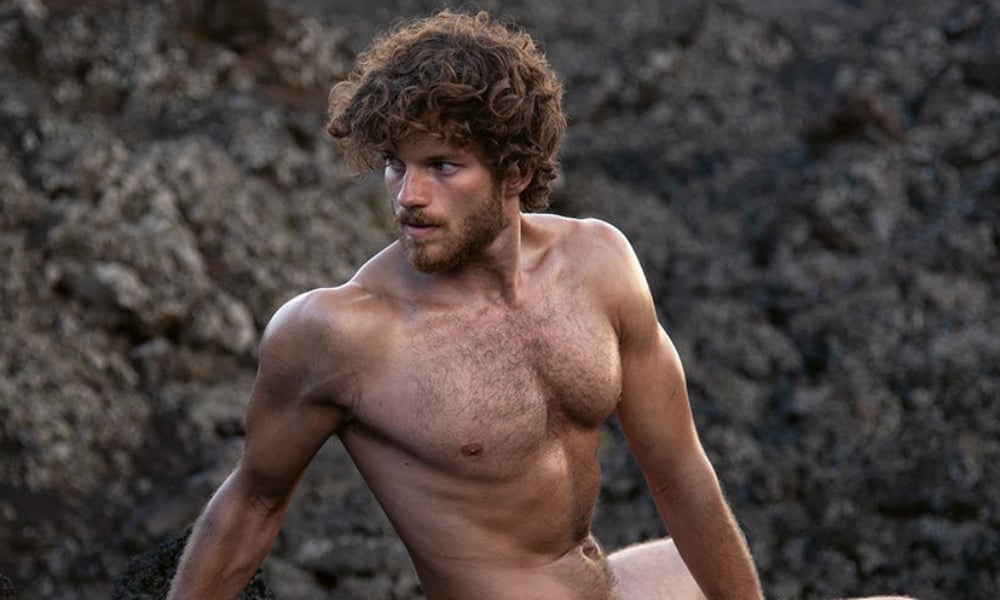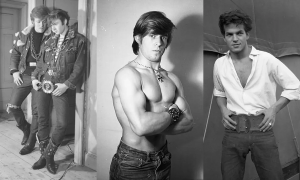Estimated reading time: 6 minutes
To see the uncensored version of this story, subscribe to our Substack.
Exploring Masculinity Through Art
Paul Freeman’s Vagabondo delves into the raw essence of male beauty, capturing men in rugged landscapes. With a deep understanding of visual storytelling, Freeman highlights themes of resilience and vulnerability.

Paul Freeman’s Vagabondo is more than just a photographic collection; it is an exploration of the rugged male form in a world where hardship and beauty intersect. Freeman’s images celebrate the resilience of men against backdrops that mirror their stories, such as abandoned buildings and sweeping landscapes, creating a visual narrative of survival and masculinity.
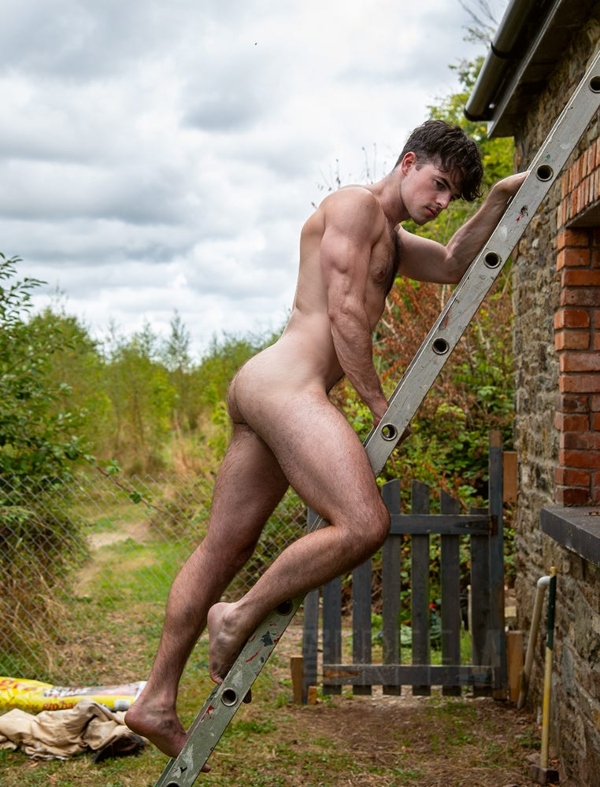
His approach to photography is deeply influenced by his studies in literature and history, as well as his acting experience, giving his work an emotional depth not often seen in traditional portraiture.
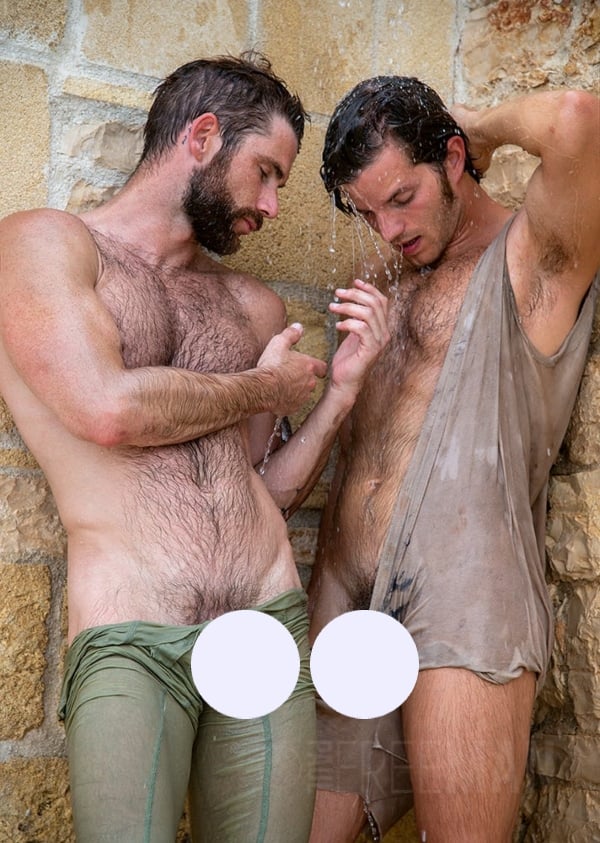
Celebrating Authenticity in Male Form
The men in Vagabondo are raw, unpolished, and full of character. Freeman captures their essence not through glamour, but through the authenticity of their surroundings and natural appearances. Whether set in rural farmlands or industrial ruins, each subject becomes a reflection of resilience, embodying the “vagabond” spirit.
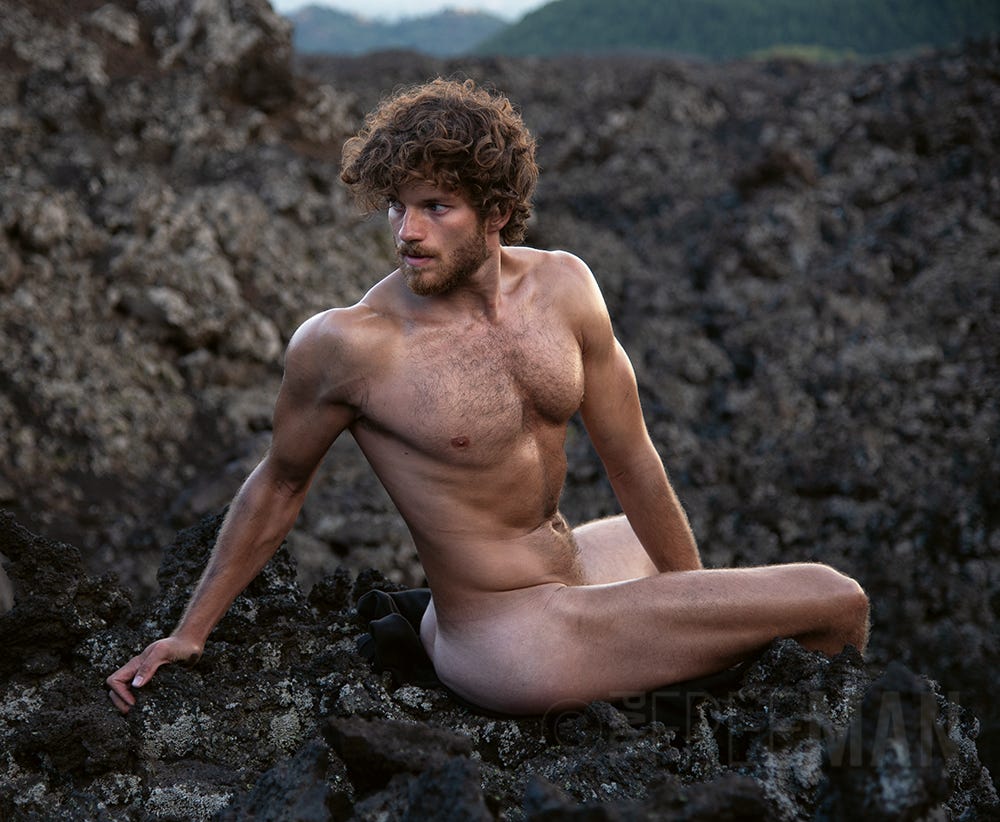
Related | 8 Stunning Photos from Gruenholtz’s ‘The Fine Art of Erections’
Freeman’s ability to tell a story through his photographs is what sets Vagabondo apart. These are not just portraits; they are stories of survival, exploration, and the unspoken vulnerability in men that is rarely captured with such intimacy.
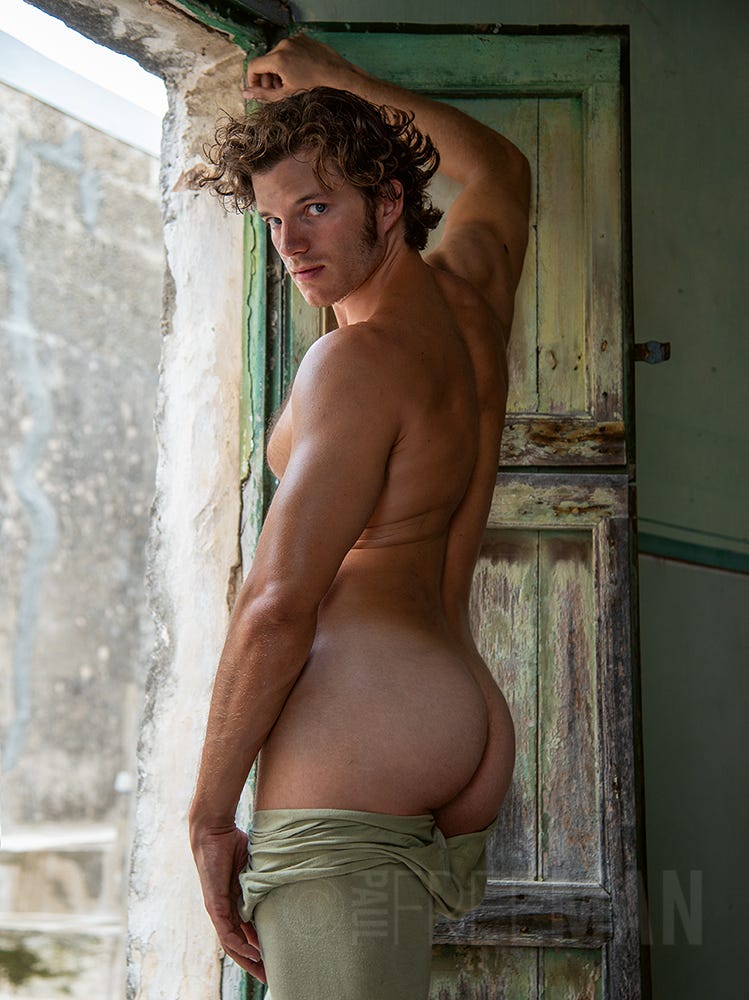
The Role of Setting and Light in Vagabondo
In Vagabondo, the male body is both a subject and a symbol. Freeman uses lighting, location, and the natural imperfections of his models to create powerful imagery that evokes a sense of timelessness and universality. His choice of settings plays a significant role in the mood of the photos, as the landscapes themselves become characters in the stories he’s telling—whether it’s a crumbling ruin or an untouched forest.
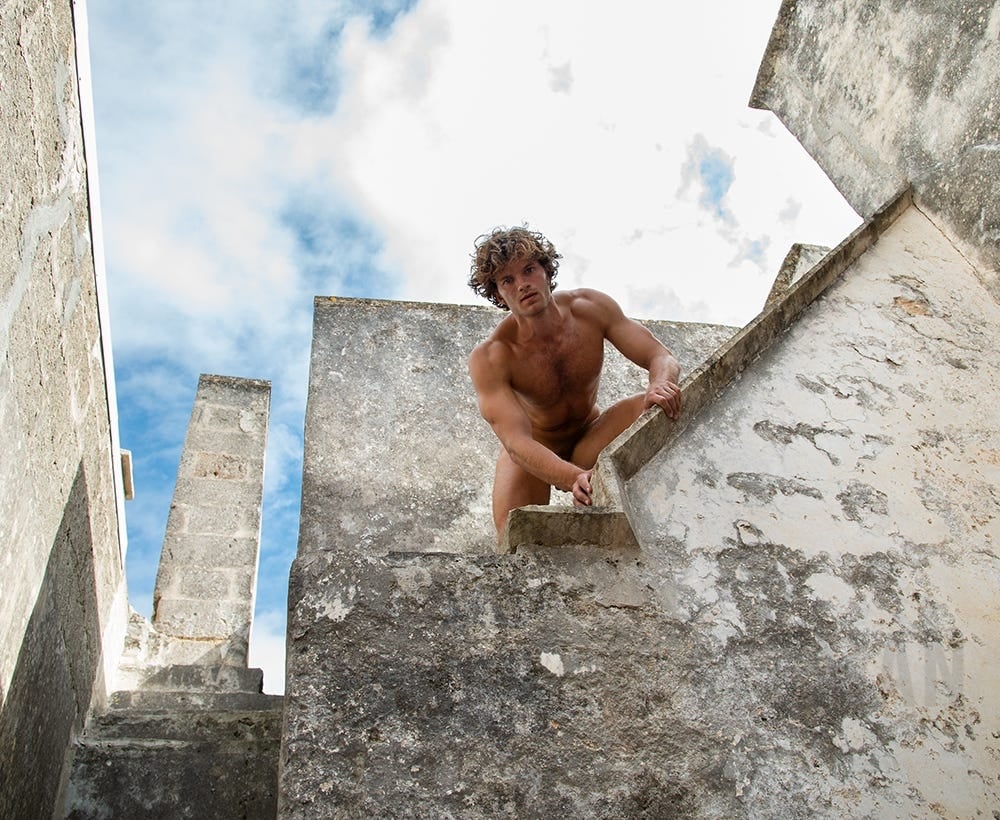
Challenging Masculine Beauty Norms
Freeman’s unique perspective pushes the boundaries of what is typically considered masculine beauty. He challenges stereotypes and embraces a broader, more inclusive view of male sensuality and strength.
Related | 48 Photos Liberating The Male Form With Tasty Smut
His work encourages viewers to see beauty in the grit and the grime, in the rawness of nature and humanity alike. The result is a collection of images that not only celebrate the male form but also delve into deeper questions of identity, vulnerability, and survival.
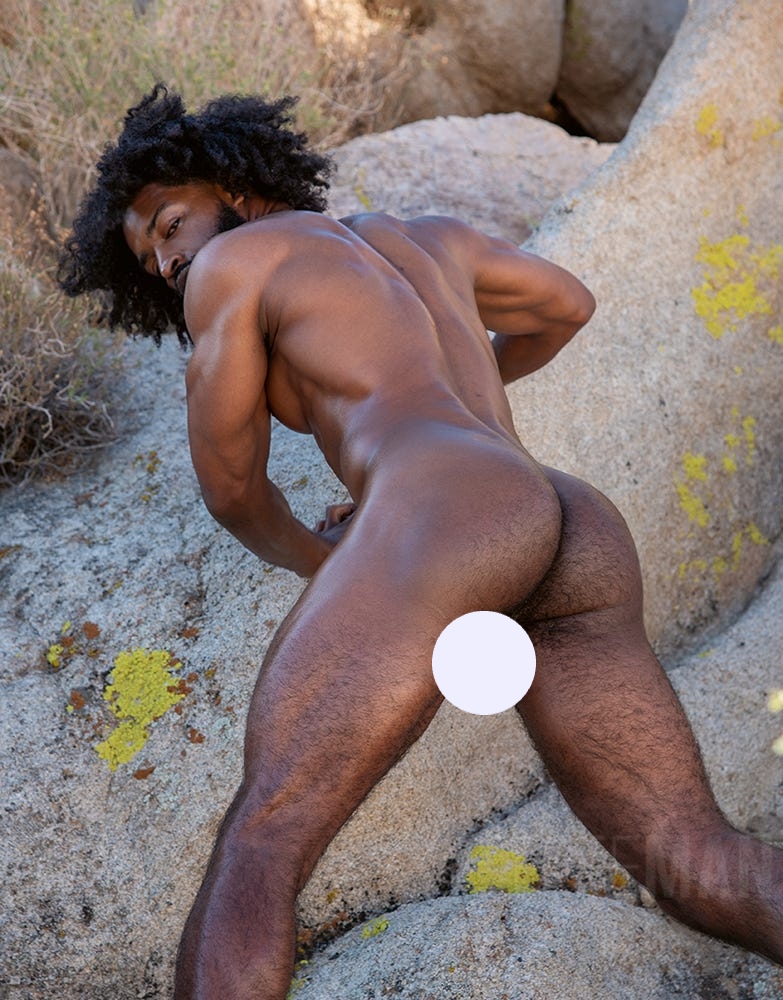
A Testament to Freeman’s Artistic Vision
As a celebrated photographer, Freeman has long been known for his ability to capture the male form in ways that are both artistic and provocative. Vagabondo continues in this tradition but adds a level of depth by focusing on men who seem to be wandering through life’s challenges. His use of natural light and earthy tones enhances the feeling of realism in his work, making the subjects feel grounded and human.

Freeman’s ability to combine technical prowess with artistic vision allows him to create portraits that resonate on an emotional level. Each photograph is carefully composed to highlight both the beauty and the flaws of his subjects, making the images feel alive and accessible to the viewer.

More Than Just a Coffee Table Book
Vagabondo isn’t just a coffee table book; it’s a visual exploration of the male experience, with themes that transcend the traditional boundaries of gender and beauty. It’s about resilience, survival, and the beauty found in unexpected places. Freeman invites the viewer into a world where masculinity is complex, multifaceted, and, most importantly, human.
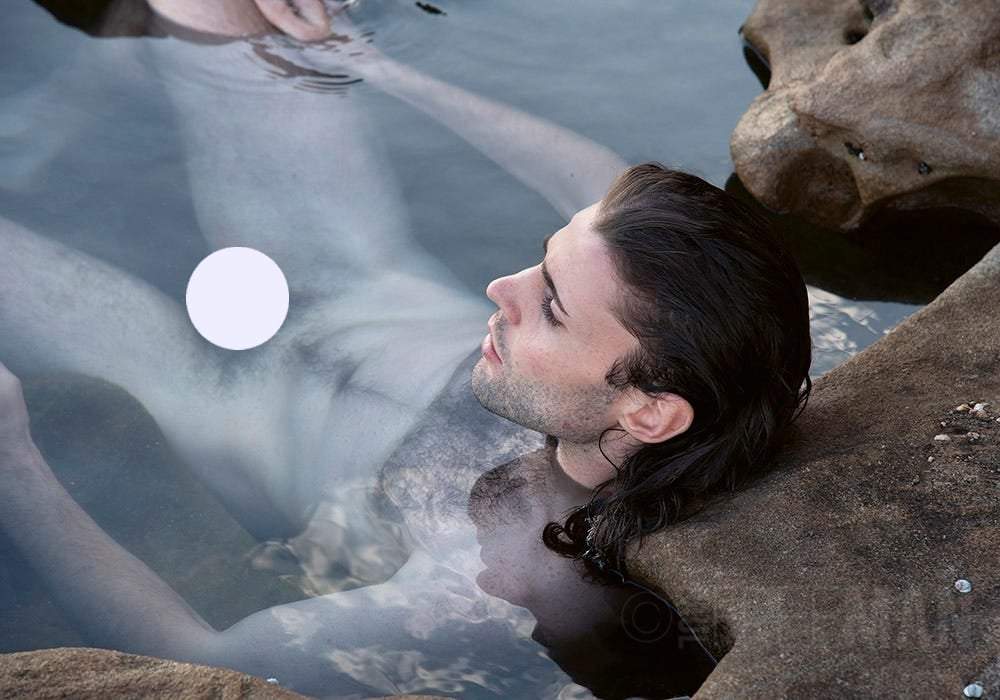
Subscribe for Uncensored Content
To view more of these evocative images and see the uncensored version of Vagabondo, subscribe to Gayety on Substack, where we’ll take you behind the scenes of Freeman’s daring and visually stunning collection. Don’t miss out on the raw beauty and poignant storytelling that these photos offer!
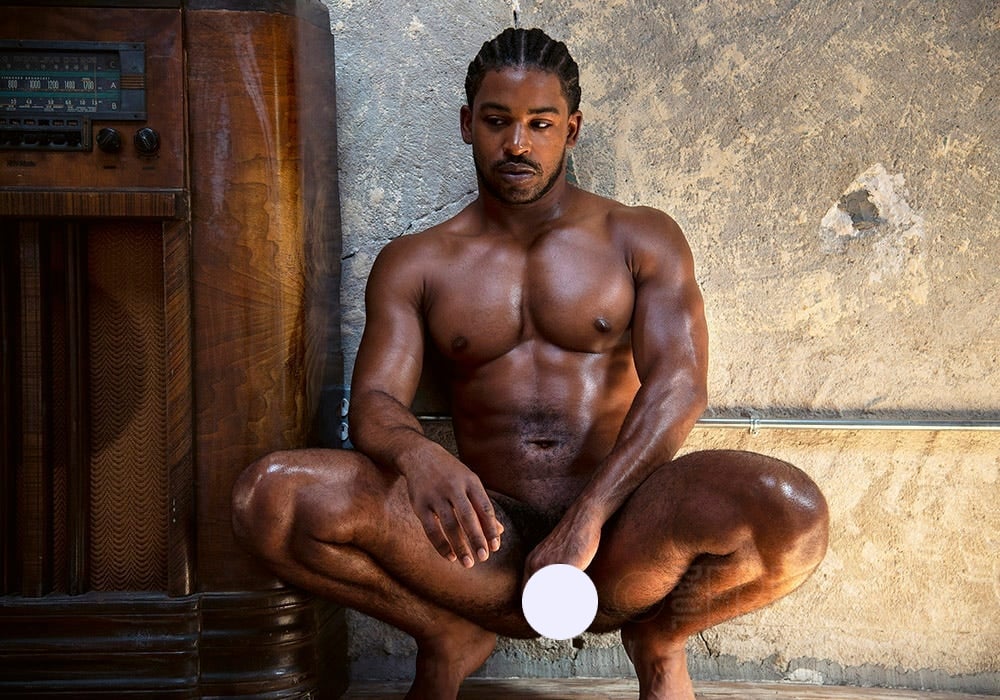
The book is available to purchase on Freeman’s official website. Too read this article and view the uncensored images, subscribe to Gayety on Substack.
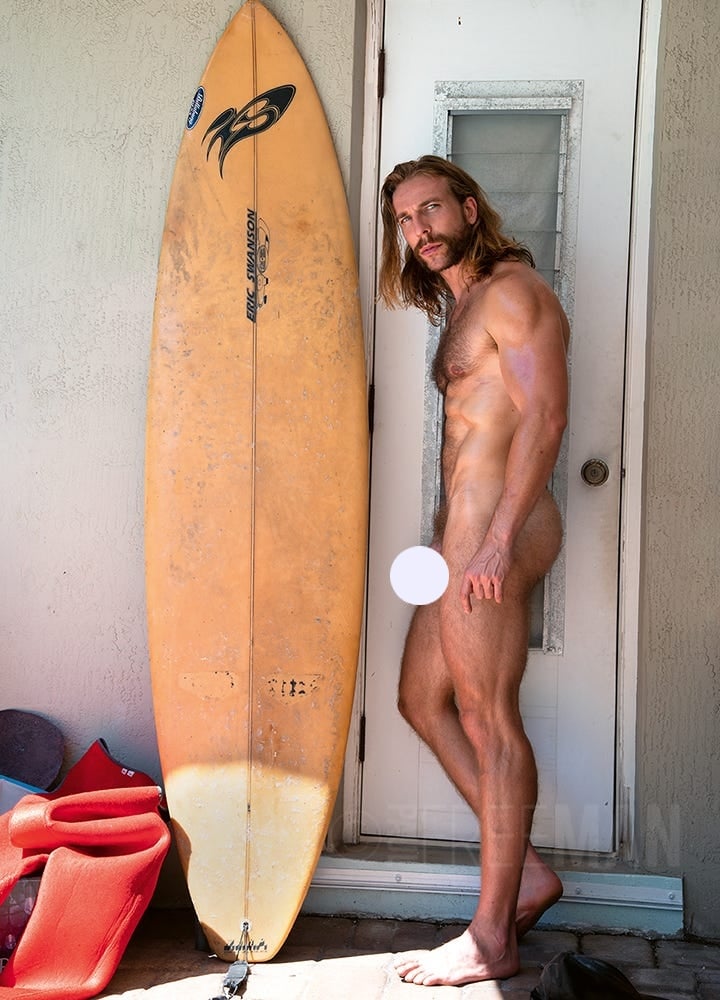
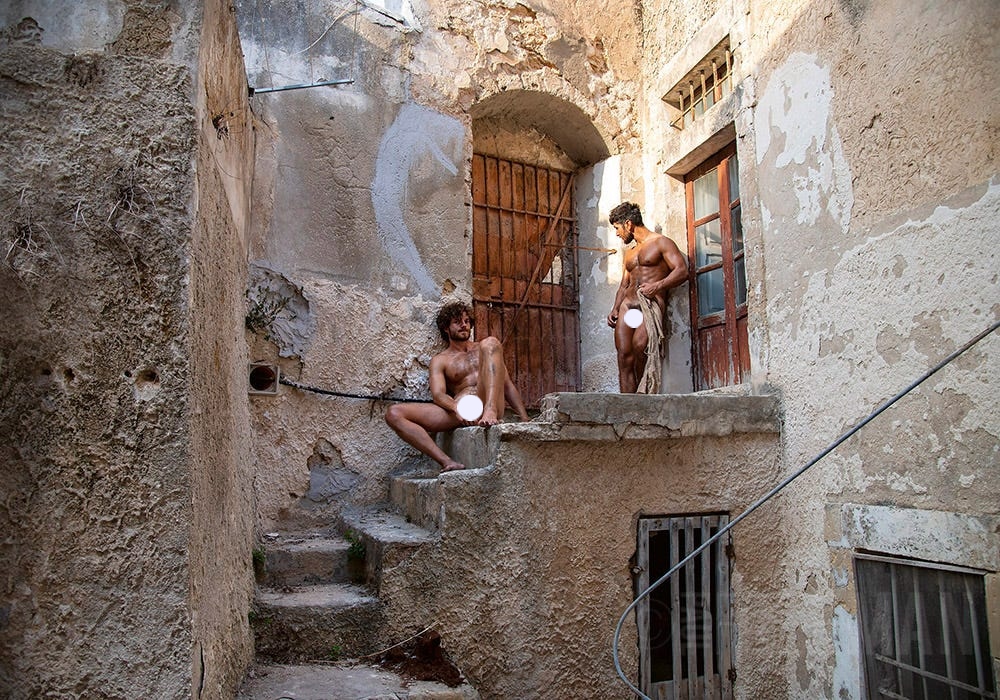
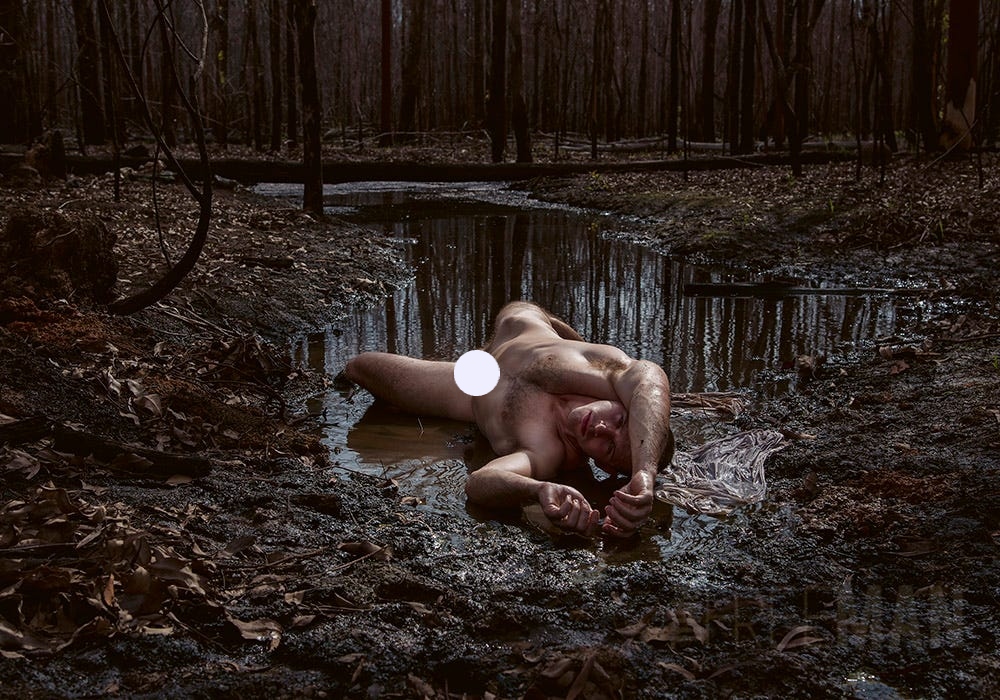
More Stories

